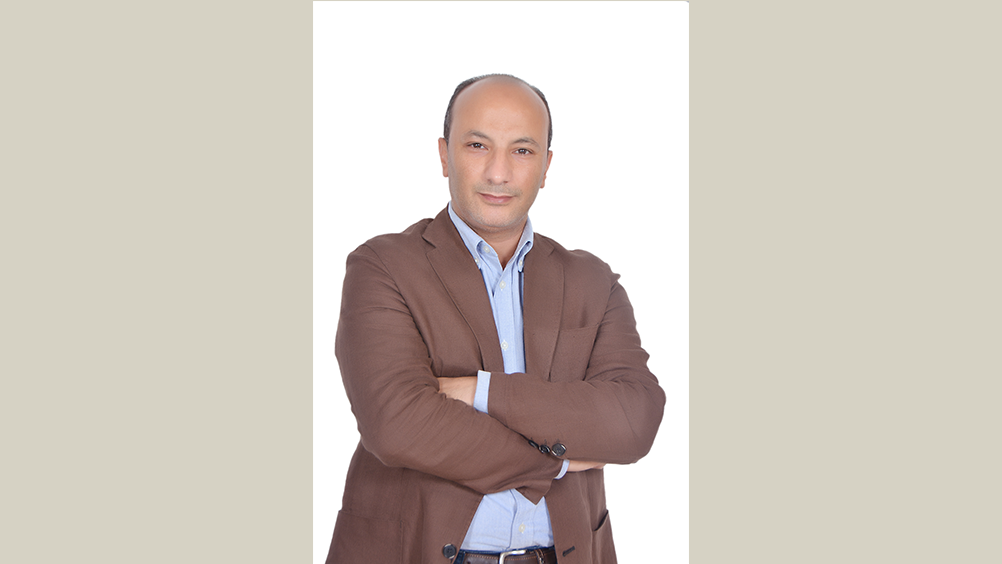GU-Q Arabic Language Professor Offers New Reference Guide for Impactful Curriculum Development

Professor of Arabic at GU-Q, Dr. Mahmoud Al-Ashiri, has co-published a new reference guide titled A Frequency Lexicon of Standard Arabic Used in Children’s TV Programs: A Corpus-based Lexicon (Dar Konoz Almarefa Publishers, 2021) that offers an invaluable resource for designing and developing impactful curriculums for native speakers that maximize early learning efforts.
The lexicon was co-authored by Dr. Abdelati Hawwari of George Washington University and Dr. Mohamed Al-Badrashiny of Columbia University, and offers two volumes and over 900 pages of the most frequently used Arabic words used in cartoons and television shows watched by children aged four to nine years old across the Arab world.
By using these entries as the foundation of vocabulary instruction, teachers, course designers, and anyone working in the field can enhance reading comprehension and raise the standard of Arabic language instruction, said Dr. Al-Ashiri.
“Research indicates that student recognition of the most common words in a language is about five times the speed of recognition of infrequent vocabulary. And in any language, the 5,000 most frequently used words comprise about 89% of most of the texts of that language,” he noted. “So course curriculums based on student familiarity of these common words can build on the linguistic strengths young Arabic learners already have, instead of trying to build their vocabularies from scratch.”
The 3,000 entries are statistically sorted and extracted from a corpus of almost 1.5 million words compiled from thousands of recordings of popular Arabic broadcast channels from five different Arab countries. Each entry is arranged by frequency, their part of speech, and alphabetically by their Arabic root, and includes sample sentences.
Beyond classroom instruction, the reference guide is a valuable resource for publishers of children’s literature, including stories, poetry, songs, and textbooks, and any other written form of communication. Knowing which vocabulary words are the most likely to resonate with young readers, explained Dr. Ashiri, means Arabic language communication can be tailored for better reader engagement.
With Arabic language media consumption by young audiences serving such a critical role in developing their language skills, Dr. Al-Ashiri said: “I hope that educational and media institutions and decision-makers in the Arab world realize the importance of producing programs designed specifically for children in Standard Arabic. There is an urgent need to preserve the language both for native speakers and for second generation Arabs living abroad. It is more important than ever to make engaging, informative, and entertaining Arabic programming widely available and accessible to all.”